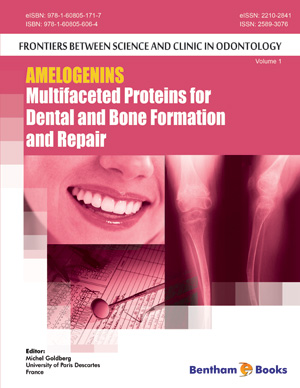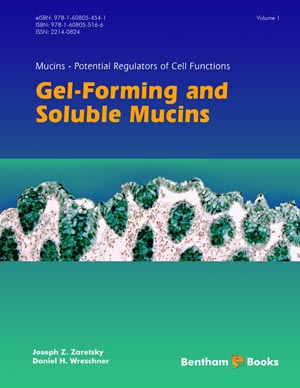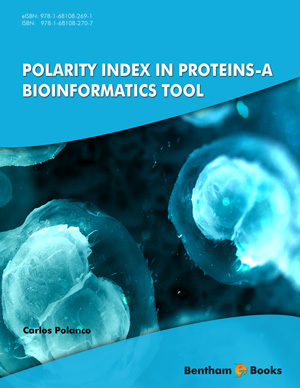Abstract
The loss- and gain-of-function animal models provide powerful approaches with which to dissect out the in vivo role of DMP1 in control of the maturation of odontoblasts and osteoblasts, in mineralization, as well as in the regulation of phosphate homeostasis via direct and indirect mechanisms. The study of Dmp1 null hypophosphatemic rickets leads to identification of DMP1 mutations in humans (a novel autosomal recessive hypophosphatemic rickets, ARHR). Characterizations of Dmp1 null mouse model reveal many novel functions of the osteocyte, the cell counts for over 90% of all bone cells. These new roles include the systemic regulations of mineral and production of FGF23, and phosphate homeostasis. Last but not the least, improvement of Dmp1 null phenotype by administration of neutralizing FGF23 antibodies represents a promising new therapeutic approach for the anabolic treatment of ARHRs associated with DMP1 mutations in the future.
Keywords: Odontoblasts, osteoblasts, DMP1, FGF23, phosphate homeostasis, hypophosphatemic rickets, DMP1 mutation.











